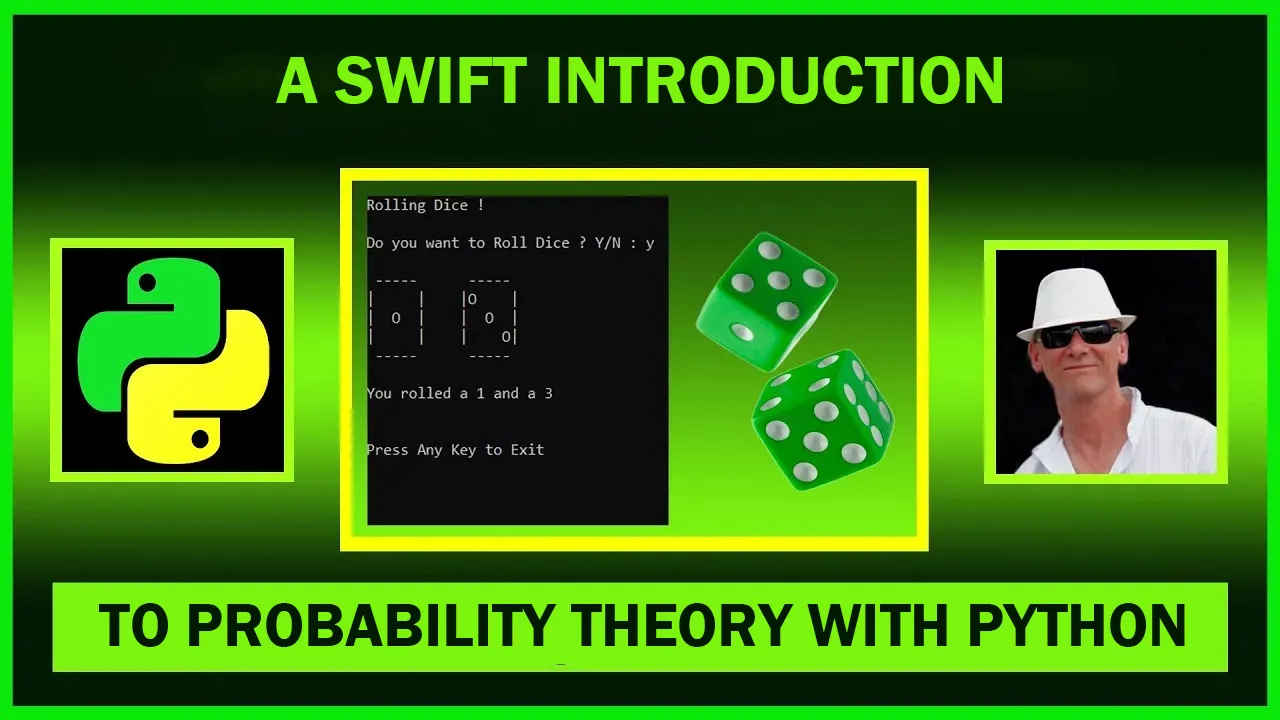An overview of programming foundational calculus and statistics behind probability theory in Python.
Introduction
Probability theory is a sect of mathematics that focuses on the interpretations of the likelihood of certain outcomes. The mathematical branch uses axioms to formally measure probability in probable space. Probable space is a name given to sample space that is used to determine likelihood. Given the definition, it is easy to see why probability theory takes a strong hold in experiments and predicting the outcomes of those experiments. Using data and probable space, we can make informed decisions using data based on prior results. Just as well, we can determine analytical correlations that can provide valuable information about the world we live in.
Needless to say, this makes this branch of mathematics pretty powerful. Not only can we use these mathematics to make informed decisions about the world around us and how to improve it, but we can also use it to predict the impact of those decisions. This in turn makes us even more informed about the potential outcome of the decisions made from these analytics. Now that we understand the power of probability theory, let’s dive into probable space, distributions, and how we can use them in the Python programming language.
#mathematics #python #programming #statistics #a swift introduction to probability theory with python #a swift introduction to probability theory
